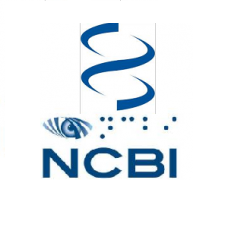Abstract
Introduction: This article compares the prevalence of primary infertility in Iran estimates provided by different studies. No other study had provided a review about the researches related to epidemiology of infertility in the country. Materials and Methods: A literature review was undertaken using the scientific resources on the internet and the list of national projects obtained from Deputy of Research and Technology, of Iran Ministry of Health and Medical Education (MOH & ME) and relevant research centers. These resources were attentively reviewed to find about national studies on the epidemiology of primary infertility in Iran during the last decade. Based on their design quality, the National Infertility Study (NIS) (2004- 2005), National Health Survey (NHS) (2001) and Tehran Study (1997) were considered for the research. Results: Current primary infertility estimated by National Health Survey (NHS) was 2.8% and by National Infertility Survey (NIS) 3.4%. Tehran study and NIS estimated the prevalence of lifetime primary infertility to be 21.9% and 24.9%, respectively. The minimum prevalence of lifetime primary infertility was found to be 15.8% for the marriage age of 19-27 by Tehran study and 17.2% for the marriage age of 21-26 by NIS. Conclusion: On the average, 21-22% of women experience primary infertility during their marital life. The best age of marriage for women in Iran seems to be 20-27 years. At this age group, the lowest number of women (16-18%) would experience primary infertility.








